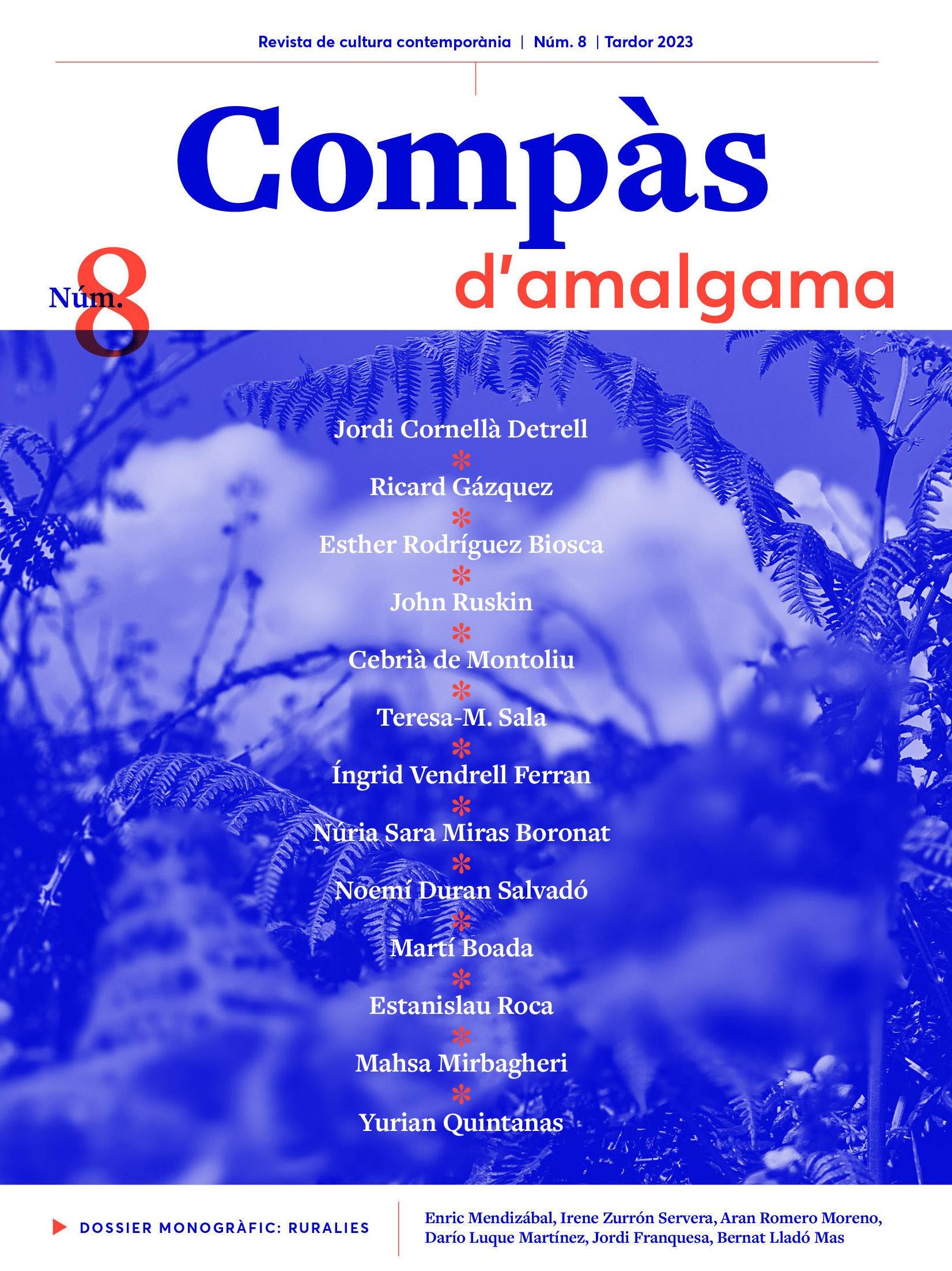How to define rural/urban axis?
A proposal from the case study of contemporary China
DOI:
https://doi.org/10.1344/Compas.2023.8.43689.36-42Keywords:
People’s Republic of China (PRC), rurality, urbanity, market economy, gift economyAbstract
In this paper, the author analyzes the boundaries of “the rural” and “the urban” by discussing the case study of the People’s Republic of China (PRC). The focus is on the interplay between the ideological and pragmatic dimensions that define these two
ends of the rural-urban spectrum. The author utilizes Pierre Bourdieu’s concept of habitus to introduce the term traditional habitus, which refers to the traditional agrarian way of life in China. He then defines “urban modernity” as an ideological counterpoint to this traditional mode of existence. In the final section of the paper, he seeks to broaden the discussion
beyond the Chinese context. The author notes that market logic has globally moved from being spatially and symbolically limited to specific areas to becoming a pervasive force in all aspects of social life. This transformation is seen as a continuation of what Karl Polanyi called “the great transformation”.
Downloads
Downloads
Published
Versions
- 2024-01-31 (3)
- 2024-01-31 (2)
- 2023-09-10 (1)
Issue
Section
License

This work is licensed under a Creative Commons Attribution-NonCommercial-NoDerivatives 4.0 International License.
All articles in the journal are published under the Creative Commons Attribution-NonCommercial-NoDerivatives 4.0 International License and the digital version is open access.


